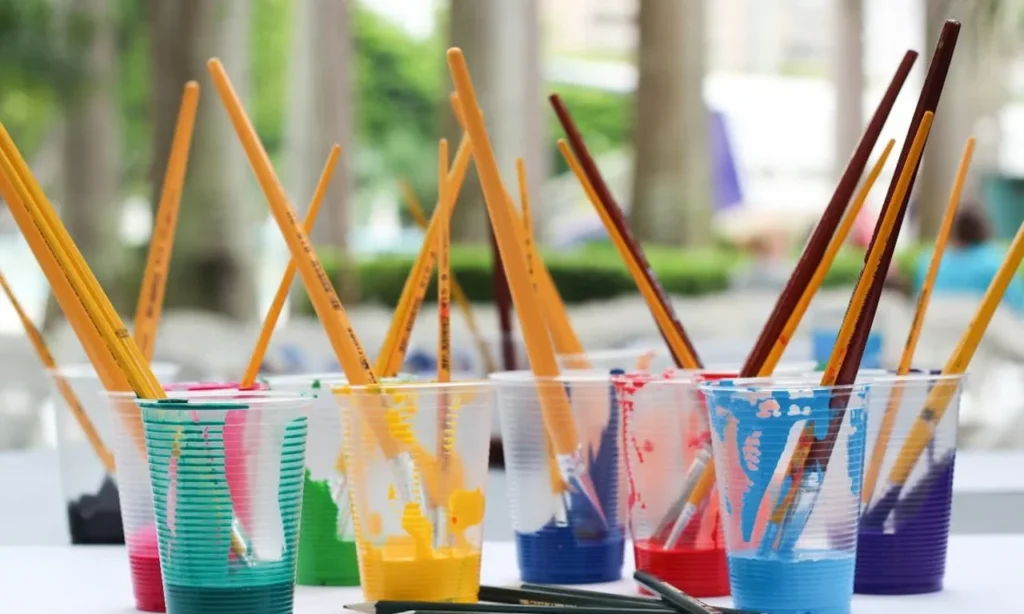Introduction: The rich tapestry of American culture is woven with threads of artistic expression and humanistic inquiry. From the canvases of renowned painters to the pages of timeless literature, the arts and humanities serve as mirrors reflecting the soul of a nation. In this article, we embark on a journey to unveil the diverse habits and inclinations of Americans in their engagement with the arts and humanities, exploring the rituals, preferences, and evolving trends that shape their cultural landscape.
The Intersection of Tradition and Innovation: At the heart of American cultural consumption lies a delicate balance between tradition and innovation. While venerable institutions such as museums, theaters, and libraries continue to attract patrons seeking classical forms of artistic expression, the digital age has ushered in a new era of accessibility and democratization.
Digital platforms have become virtual galleries, theaters, and libraries, offering instant access to a vast array of cultural treasures. From streaming performances to online exhibitions, technology has shattered geographical barriers, allowing individuals to immerse themselves in the arts and humanities from the comfort of their homes.
Nevertheless, traditional mediums retain their allure, with many Americans cherishing the tangible experience of browsing through a bookstore, attending a live performance, or exploring a museum’s halls. The enduring appeal of these physical spaces speaks to the enduring power of human connection and shared experience in cultural consumption.
Cultural Consumption in a Diverse Society: America’s cultural landscape is as diverse as its people, shaped by a myriad of influences ranging from ethnicity and socioeconomic status to geographic location and personal taste. While certain art forms and literary works enjoy widespread popularity, there is a growing demand for representation and inclusivity across all facets of cultural production.
Communities across the nation are championing initiatives that celebrate diversity and amplify marginalized voices, fostering a more inclusive cultural ecosystem. From grassroots arts organizations to university programs dedicated to minority studies, efforts to broaden the scope of cultural representation are gaining momentum, enriching the tapestry of American identity.
Education and Lifelong Learning: Education plays a pivotal role in shaping Americans’ attitudes towards the arts and humanities, instilling a lifelong appreciation for cultural expression and critical inquiry. However, budget constraints and shifting priorities have threatened the availability of arts education in schools, exacerbating disparities in access to cultural enrichment.
In response, educators, artists, and advocates are working tirelessly to promote the value of arts education and advocate for its integration into curricula nationwide. Beyond formal schooling, lifelong learning initiatives offer opportunities for individuals of all ages to engage with the arts and humanities, whether through community workshops, online courses, or cultural exchange programs.
Conclusion: As we navigate the complexities of the modern world, the arts and humanities serve as beacons of enlightenment, guiding us through the depths of human experience and fostering connections that transcend time and space. By understanding Americans’ habits related to cultural consumption, we gain insight into the soul of a nation, its values, aspirations, and collective imagination.
In a society marked by rapid change and diverse perspectives, the arts and humanities serve as catalysts for dialogue, empathy, and understanding, bridging divides and fostering a shared sense of humanity. As we continue to navigate the ever-evolving landscape of cultural consumption, let us embrace the transformative power of the arts and humanities to inspire, educate, and unite us in our common humanity.



